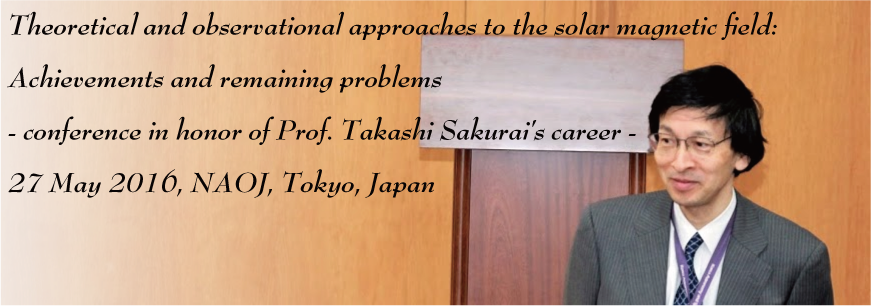
A story of connection formulae and conserved quantities
M. Goossens
In this talk I will show how connection formulae and conserved quantities have been used in the study of resonant MHD waves over the last 25 years. The journey starts in 1989 with a research visit of MG to UNH (July-August) and a research visit of TS to KU Leuven (September-October). The initial motivation of this collaboration was to compute and understand in a relatively simple manner the observed reduction of acoustic power around sunspots. The adopted equilibrium model was a straight 1-dimensional cylindrically symmetric flux tube. As a preliminary tool connection formulae at the resonant surfaces (SGH1991a) were derived. These connection formulae make it possible to devise a scheme that circumvents the integration of the non-ideal MHD equations. It only requires the analytical/numerical solutions of the ideal MHD equations away from the resonant position. The solutions to the ideal MHD equations are then connected over the dissipative layer with the connection formulae. This method was then used to calculate the absorption of acoustic oscillations by sunspots by resonant absorption (SGH1991b). Time has shown that the tool has become more popular and more important than its initial application to the reduction of acoustic power around sunspots. I will discuss examples of how connection formulae have been used to compute the absorption of driven waves and the temporal damping of standing MHD waves and the spatial damping of propagating MHD waves. The use of connection formulae combined with the simplifying assumption that the non-uniform layer is thin (TB approximation) makes it possible to derive simple analytical expressions for the damping time of standing waves and for the damping length of propagating waves. If in addition the approximation is adopted that the cylindrical magnetic flux tube is thin (TT approximation), analytical expressions can be derived for the period (standing waves) or wavelength (propagating waves). In case of standing MHD waves this has led to simple analytical seismology schemes based on period and damping time.
Back to Oral